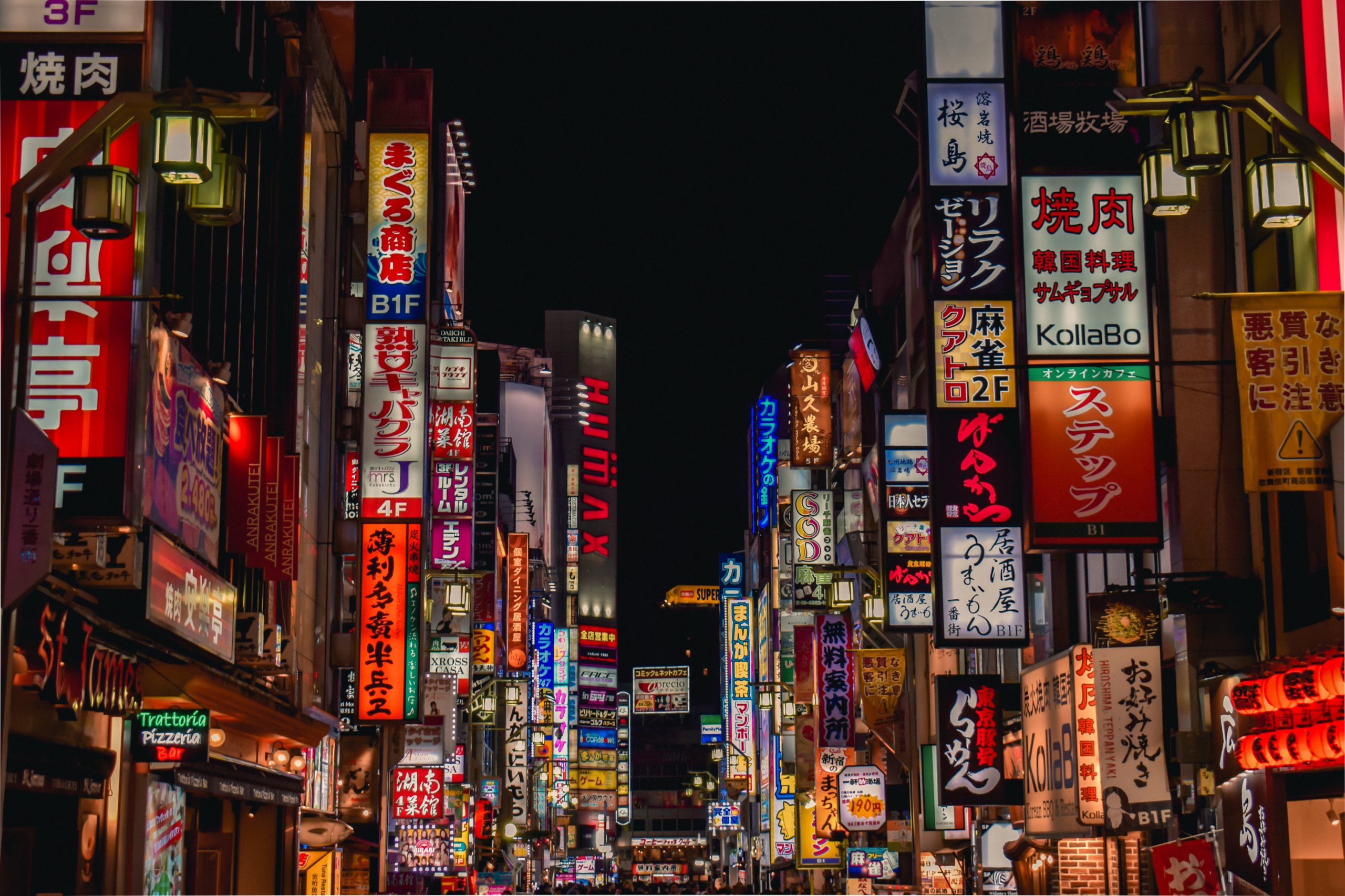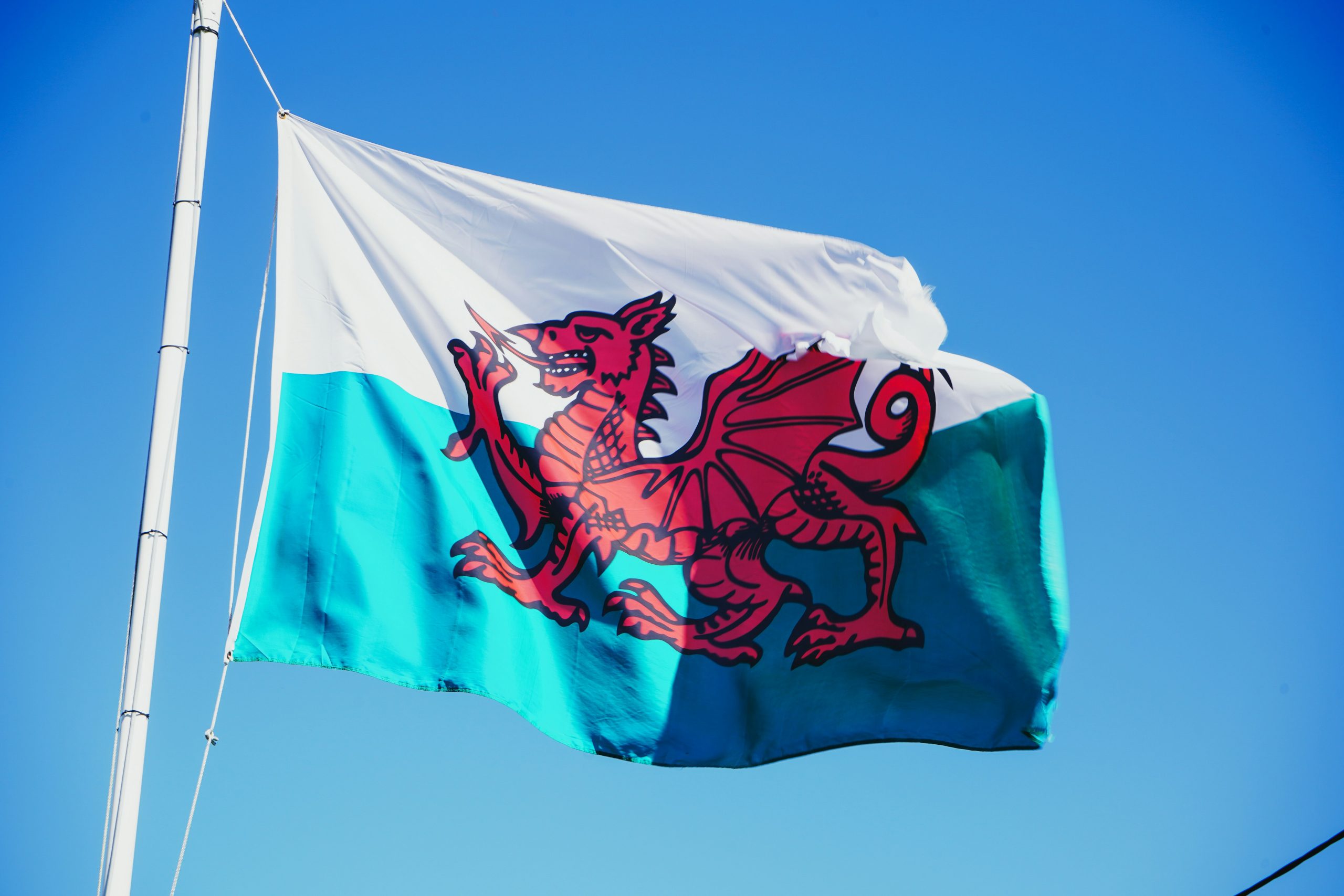Hydrogen and Ammonia: Pillars of Japan’s Energy Security

The year 2024 signifies a transformative phase in Japan’s hydrogen strategy. Early in the year, Japan implemented two groundbreaking laws: the Hydrogen Society Promotion Act and the CCS Business Act, initiating unprecedented government support for hydrogen, attracting foreign investment.
The latter half of 2024 will see Japan revising its Basic Energy Plan, a triennial update, with a key focus on integrating hydrogen into the new strategy.
The path to green energy via hydrogen
Currently, Japan lacks the infrastructure to transport hydrogen in its pure form. The future will likely see the advent of hydrogen tankers, enabling liquid hydrogen transport to Japan.
For now, using ammonia as a hydrogen carrier is the most viable method. Environmentally, this requires producing CO2-free hydrogen from renewable energy and water, converting it into ammonia, and then transporting it to Japan.
Government support extends to ammonia derived from hydrogen, facilitating projects like co-firing green ammonia with coal in power plants, which are eligible for government incentives.
Japan’s energy supply and power generation mix
According to the Sixth Basic Energy Plan’s 2030 targets, hydrogen, including ammonia, is expected to contribute 1% to the Primary Energy Supply and Power Generation Mix. Although nearly zero in 2022, this target aims for significant growth, with future plans in the Seventh Basic Energy Plan (targeting around 2040) likely to set even higher goals.
Hydrogen: A Decarbonisation game-changer
Hydrogen’s versatility positions it as a key player in Japan’s decarbonisation efforts across various sectors. In transportation, hydrogen is used in cars, trains, and trucks. In industry, research is underway to replace coal with hydrogen in iron production, known as Hydrogen Reduction Iron Manufacturing. Residential applications include hydrogen-fueled heat pumps for household electricity. In power generation, co-firing hydrogen with coal in power plants is a practical near-term solution to reduce CO2 emissions.
Japan’s CfD scheme for imported hydrogen
Japanese policies underscore the need for domestic hydrogen production but recognise the limitations. Domestically produced hydrogen is expensive due to limited renewable energy scale, and supply volume will likely be insufficient. To address these issues and support large-scale hydrogen supply projects, Japan has introduced a Contract for Difference (CfD) scheme to include imported hydrogen.
The CfD scheme ensures that suppliers can sell hydrogen at a profitable strike price, with subsidies bridging the gap between this and the lower market reference price that consumers consider when choosing between hydrogen and cheaper alternatives like gas. This model, inspired by the UK’s scheme, includes provisions for subsidy repayment if market conditions change favorably for hydrogen suppliers.
Project evaluation criteria
Preliminary selection criteria for hydrogen supply projects emphasise securing off-takers, proper risk-sharing, sound financial management, and geopolitical risk consideration. Projects must produce at least 1,000 tons of hydrogen and demonstrate post-subsidy sustainability. Prioritised projects will focus on sectors that are challenging to decarbonise, such as hydrogen use in iron reduction and the chemical industry.

